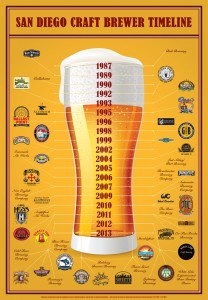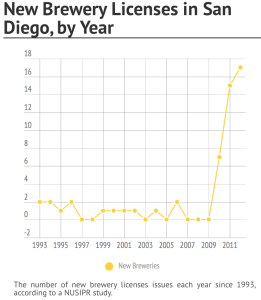Last year, Nike brought back their Air Cortez sneaker in the White/Varsity Royal-Varsity Red color scheme– the very same style Tom Hanks was seen donning in the 1994 movie Forrest Gump. Producing this shoe is incredibly labor-intensive– its leather stitching, exposed padding on the nylon tongue, and crisp white laces have undoubtedly been produced in one of hundreds of thousands of Nike’s manufacturing plants outside of the United States. However, a significant portion of what consumers pay for when purchasing shoes like the “Forrest Gump sneaker” go not only towards manufacturing costs, wages, and shipping, but also tariffs and shoe taxes. Unbeknownst to many, outdated shoe tariffs have been contributing to the rising costs of shoes and have led to many Americans, like Forrest Gump, running their shoes into the ground.
Forrest Gump. Producing this shoe is incredibly labor-intensive– its leather stitching, exposed padding on the nylon tongue, and crisp white laces have undoubtedly been produced in one of hundreds of thousands of Nike’s manufacturing plants outside of the United States. However, a significant portion of what consumers pay for when purchasing shoes like the “Forrest Gump sneaker” go not only towards manufacturing costs, wages, and shipping, but also tariffs and shoe taxes. Unbeknownst to many, outdated shoe tariffs have been contributing to the rising costs of shoes and have led to many Americans, like Forrest Gump, running their shoes into the ground.
In status-driven industries like fashion, there tends to be a high demand for stylish, high-quality products at a fraction of the cost. With a globalized economy and companies increasingly outsourcing plants to take advantage of cheaper labor, locally produced brands have found difficulty competing with low prices. In order to counter the low costs of the textiles and apparel imports, the United States government has imposed incredibly high tariffs of up to 67.5 percent compared to an average 1.4 percent on most other goods to protect the United States’ dwindling domestic manufacturing supply chain (The Hill).
The shoe tariff was created in 1930, when the United States boasted a large domestic footwear manufacturing base (The Hill) that needed protection from foreign companies. Back then, footwear manufacturing was even more labor intensive than it is now, with each stitch handmade and leather tediously done. Numerous European craftsmen brought with them knowledge and credibility in the art of shoemaking, which helped the United States manufacturing base flourish. Since the rapid globalization of the shoe industry, cheaper labor across seas made manufacturing in the United States less practical. Today, European shoemakers are no competing with the United States for shoe manufacturing, but counterfeits and cheaper goods from countries like Vietnam and China.
Generally, imposing high tariffs are meant as a supportive measure for the domestic manufacturing market. Raising prices of incoming goods keeps prices competitive for imports and domestic products, thereby encouraging United States consumers to continue supporting the United States economy on a local level. In the United States, over 99 percent of shoes are imported, mostly from Asia (Wall Street Journal). However, these tariffs still exist to protect the remaining one percent, whilst most Americans cannot name three American shoe companies manufactured in the United States.
An example of a company benefitting from the high tariffs is New Balance, an American sneaker company, and one of the last to continue manufacturing in the United States. Even New Balance, however, says that it is struggling to keep manufacturing in the United States. Though Mr. DeMartini, CEO of New Balance, insists on keeping manufacturing in the United States, stating that New Balance’s U.S. plants are “twice as effective” as Asian plants, and that “we learned a lot because we had to in order to survive” (Wall Street Journal), the company is still facing difficulties to keep work in the States. New Balance still manufactures two-thirds of its shoes across waters, and relies heavily on machinery in order to keep costs profitable. This begs the question: Are the high tariffs imposed on shoe companies simply supporting jobs that we can no longer afford to keep in the United States? And, if this is the case, are American consumers the ones suffering the burden through unnecessarily high costs of shoes in order to protect that small one percent of shoes manufactured here at home?
Nike is one company protesting the high tariffs. Nike claims that current money going towards tariffs and taxes could go towards research and development advancing sustainability and innovation. The company argues that lowering tariffs can actually increase manufacturing jobs in the United States by allowing the company to develop advanced manufacturing methods that would make keeping jobs in the U.S. more practical. Last year, Nike had upwards of $28 billion in sales, $2.7 billion of which went towards taxes and tariffs (Nike declined to state what percentage of tariffs went towards shoe sales specifically) (NPR).
The re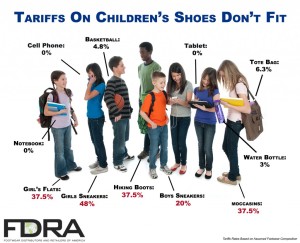 maining 99 percent of shoes manufactured abroad pay a significant portion of their budget towards shoe taxes, which in turn ups the prices of shoes for unsuspecting Americans. Whilst shoes are considered a necessary household expense, the highest shoe tariffs seem to be on shoes that are supposed to be cheapest– children’s shoes and low-cost-to-produce sneakers. According to Economist Bryan Riley, shoe tariffs increase costs of the cheapest shoes by about one-third. This in turn impacts how families living paycheck-to-paycheck end up spending money in other household necessities, like groceries. Purchasing goods and services to support their children and their family’s health are affected unnecessarily.
maining 99 percent of shoes manufactured abroad pay a significant portion of their budget towards shoe taxes, which in turn ups the prices of shoes for unsuspecting Americans. Whilst shoes are considered a necessary household expense, the highest shoe tariffs seem to be on shoes that are supposed to be cheapest– children’s shoes and low-cost-to-produce sneakers. According to Economist Bryan Riley, shoe tariffs increase costs of the cheapest shoes by about one-third. This in turn impacts how families living paycheck-to-paycheck end up spending money in other household necessities, like groceries. Purchasing goods and services to support their children and their family’s health are affected unnecessarily.
Americans should take a second look at how the tariff can be impacting their everyday purchases. Though the 1930s Tariffs once held a significant purpose in the United States economy, it has since lost its importance as American manufacturing work has traveled overseas. Though some may consider sparing a few dollars to keep the few American manufacturing jobs that select shoe companies have maintained, those most negatively impacted by the tariff are those who can’t afford to.
Sources:
http://www.usalovelist.com/american-made-shoes-ultimate-source-list/http://www.aei.org/publication/the-us-has-imposed-protective-shoe-tariffs-on-americans-for-decades-even-with-no-domestic-shoe-industry-to-protect/
http://www.npr.org/sections/itsallpolitics/2015/05/08/405196569/would-lower-shoe-tariffs-actually-encourage-american-jobs
http://www.wsj.com/articles/SB10001424127887323764804578312461184782312
http://money.usnews.com/money/personal-finance/articles/2011/10/28/how-consumers-and-communities-can-benefit-from-buying-local
http://www.usnews.com/opinion/blogs/economic-intelligence/2012/09/21/the-wasteful-culture-of-forever-21-hm-and-fast-fashion
http://www.forbes.com/sites/danikenson/2013/07/23/textile-protectionism-in-the-trans-pacific-partnership/#275d91d593a8
http://www.wsj.com/articles/SB10001424127887324735104578123523795505336
http://hypebeast.com/2016/7/nike-classic-cortez-og-forrest-gump





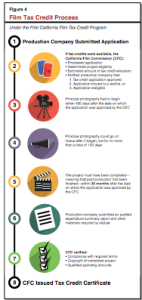
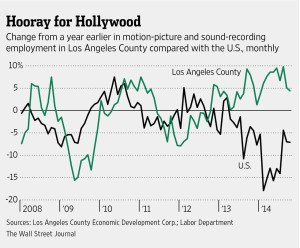
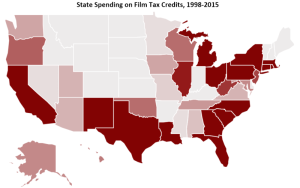
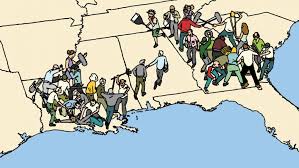






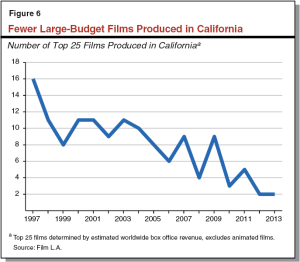


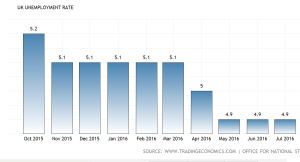
 stments that they saved all the extra money they had for necessities. People decided to make the switch from driving their own cars to using public transit as a means to save money. As seen in Figure 1, the
stments that they saved all the extra money they had for necessities. People decided to make the switch from driving their own cars to using public transit as a means to save money. As seen in Figure 1, the
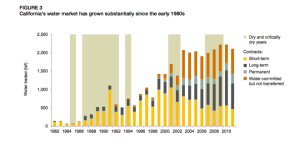
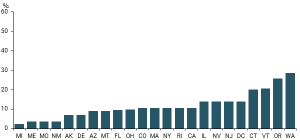


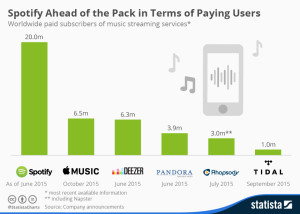
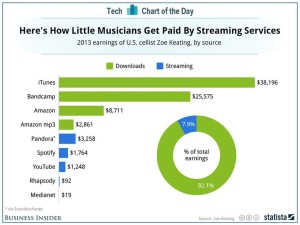
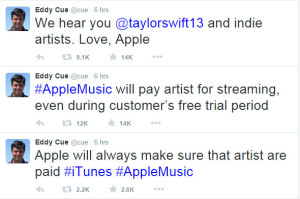
 being seen as the next purchase for Spotify. Many believe this would be a smart move, as SoundCloud needs help finanacially and the purchase would diversify Spotify’s catalogue, as it would include more original content and more indie label releases.
being seen as the next purchase for Spotify. Many believe this would be a smart move, as SoundCloud needs help finanacially and the purchase would diversify Spotify’s catalogue, as it would include more original content and more indie label releases.